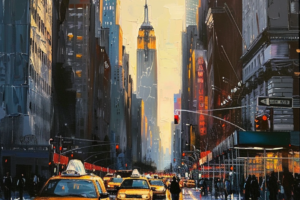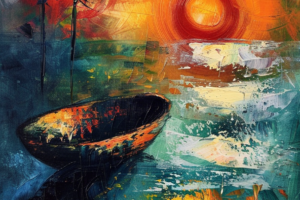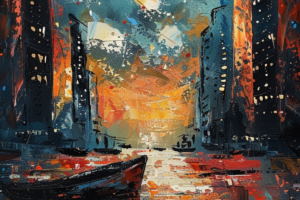‘Beauty is in the eye of the beholder,’ and nowhere is this more apparent than in art.
You’re about to compare traditional and digital art mediums, two valid forms of artistic expression that have sparked many debates among artists and enthusiasts alike.
Traditional art, with its tangible charm, has been around for centuries, while digital art, powered by technology’s advances, has earned its place in recent years.
Both require skill and thoughtfulness but offer distinct advantages.
From an artist’s perspective to cost implications to reproduction ease – we’ll dive into it all.
So whether you’re an aspiring artist trying to choose your medium or just curious about the nuances between them, this article will provide valuable insights into both worlds.
Remember, no form is superior; it’s all about which one speaks most powerfully to you.
Let’s delve deeper into these captivating realms of creativity!
Understanding the Basics
Let’s dive in, shall we? Unraveling the essence of traditional and digital art is like opening the door to two distinctly beautiful worlds, each brimming with its unique charm and endless possibilities.
Traditional art takes you back to the roots, where everything began. It’s tangible, real, and raw; it gives you that hands-on experience missing in digital.
On the other hand, digital art offers a new-age perspective on creation. It’s flexible and forgiving; amendments are just a click away with no fear of ruining your piece.
You see, neither medium is superior or inferior. They’re just different paths leading to the same destination: artistic expression. So whether you’re an artist or an admirer, remember – it’s not about ‘traditional vs digital.’ Instead, celebrate their unique strengths and contributions to the world of Art!
Digital Art Explained
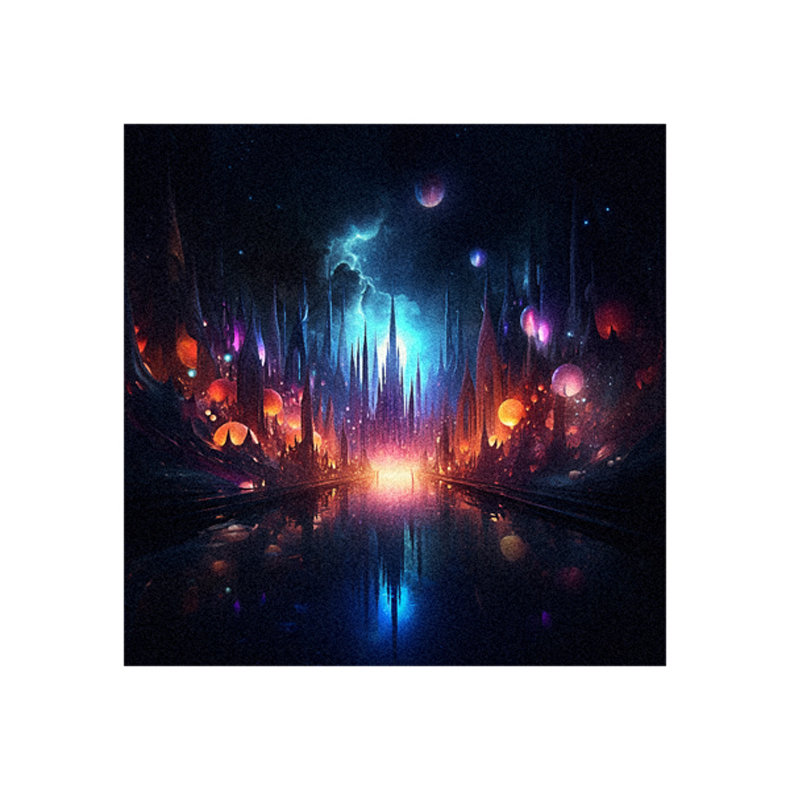
Diving into the vibrant world of digital art, you’ll find that each stroke on your screen carries a hint of magic. It resembles the way stars sprinkle across the deep midnight sky. This art form uses electronic devices and software like Procreate or Adobe Photoshop. It allows you to create stunning visuals right at your fingertips. You can easily adjust colors, blend shades, and apply unique effects with just a few clicks. Making amendments is hassle-free, too. You need to hit ‘undo’.
Digital art also offers an advantage when it comes to sharing your work online or sending it to clients. There is no need for physical delivery! Reproducing your masterpiece is as easy as making copies from a printer. It’s convenience meets creativity in one exciting medium!
Traditional Art Defined
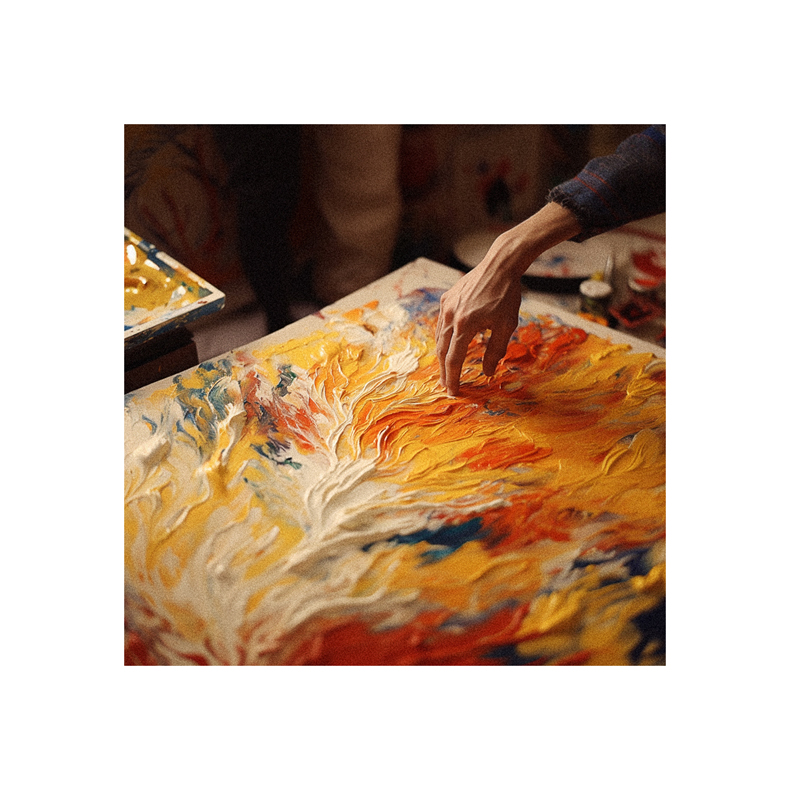
In contrast, conventional creativity calls for a more tactile approach, an intimate dance between artist and material where every stroke leaves a unique mark. Traditional art includes mediums like oil paint, watercolors, charcoal sketches, or sculptures made from clay or stone. Each piece is one-of-a-kind and bears the touch of its creator.
For instance, consider Crave by Celine Chia – an acrylic masterpiece that showcases her talent in this medium.
Traditional art offers authenticity, with each work being exclusive and irreplaceable. It’s not just about what you see on canvas or stone but also about the process – mixing colors, feeling textures and shapes under your fingertips. This connection to physical materials sets traditional art apart from its digital counterpart.
Similarities Between Both
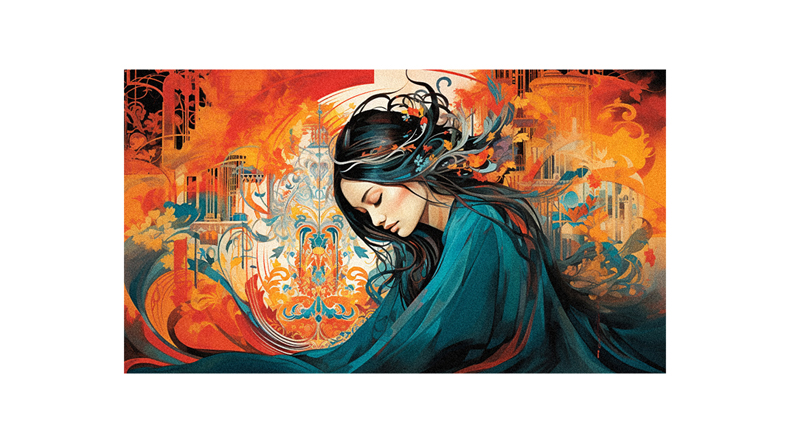
Despite their differences, you’ll find that both forms of creativity share some striking similarities. Regardless of the medium used, each art form requires unique skills and artistic thought.
Whether digital or traditional, great importance is placed on the message and emotional impact conveyed by the artwork; both mediums also require an end goal in mind during creation.
Furthermore, drawing skills are crucial in both fields, as they are your basic building blocks for creating stunning works. Let’s not forget that similar mediums exist, too; digital brushes mimic traditional ones, while virtual canvases parallel physical ones.
So you see, while the methods might differ between digital and traditional art, many parallels exist underlining their shared essence: expression through creativity.
Digital Art Advantages
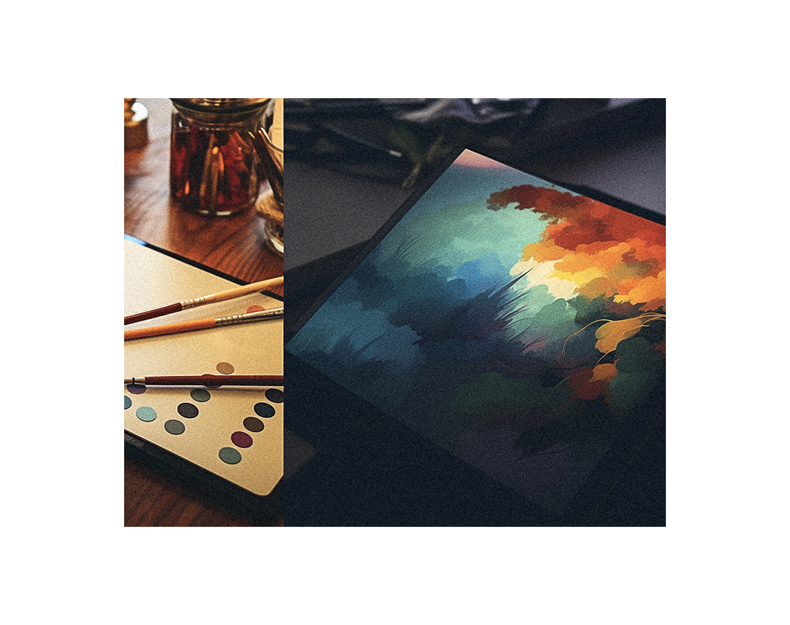
Like a critical unlocking of endless possibilities, embracing the world of digital creation opens doors to an array of advantages.
With digital art, you’re not confined by physical materials or space. You have an extensive palette and can experiment with countless effects and textures without additional cost. Mistakes? No worries! The undo button is your best friend here.
Moreover, digital art allows for effortless reproduction and distribution – no need for galleries or shipping costs. It’s easily shareable online, opening up global exposure and commission work opportunities.
And don’t forget convenience; whether you’re on a plane or in a café, as long as you have your device, you can create anywhere.
So why not explore this dynamic medium?
Traditional Art Benefits
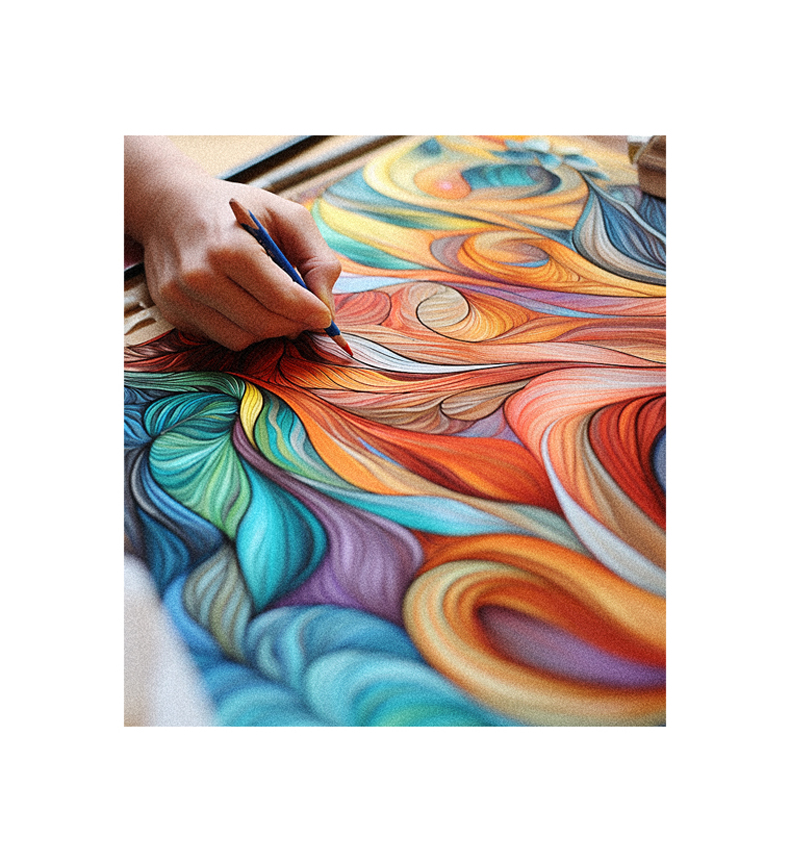
Don’t underestimate the magic of old-school methods; there’s something incredibly satisfying about getting your hands dirty and creating a tangible masterpiece. Traditional art offers you a tactile experience that digital can’t match.
It’s not just about the result but also the journey of creation. You’ll feel each brush stroke, each chisel mark, every crumpled piece of paper.
Traditional mediums require you to be precise and deliberate since there’s no ‘undo’ button. This pushes your problem-solving skills as you find creative ways to incorporate mistakes into your masterpiece – making it uniquely yours.
Not to mention, original traditional artworks have an exclusivity factor which could increase their value over time. Remember, both forms are essential in their own right; choose what resonates with your artistic spirit!
Key Differences
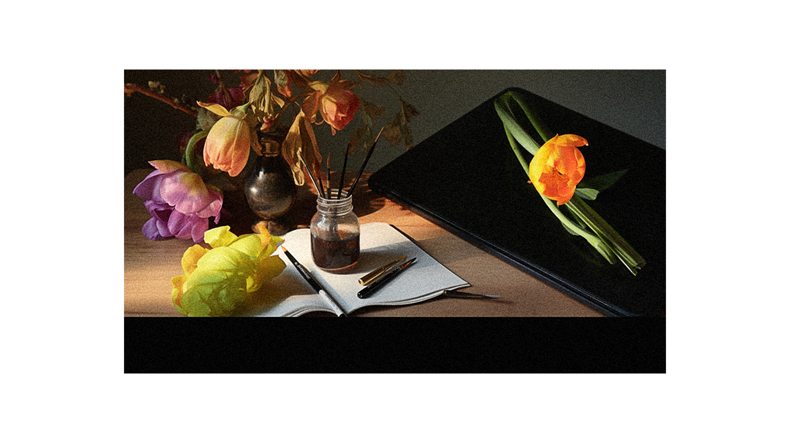
After exploring the undeniable allure of traditional art, let’s delve into the distinct elements that set it apart from digital art. The differences are not just in the medium used but also in their creation and presentation.
Digital art, crafted with precision tools and software, offers accuracy far beyond what’s achievable manually. It allows for neat features like alpha locking and easy amendments if you make an error. Delivery to clients has never been easier; press send! However, its ease of duplication often questions its exclusivity.
On the other hand, traditional art carries a unique charm due to its tangibility and singular existence. Each stroke reflects an artist’s deliberate choice, making every piece one-of-a-kind.
Digital Art in Education
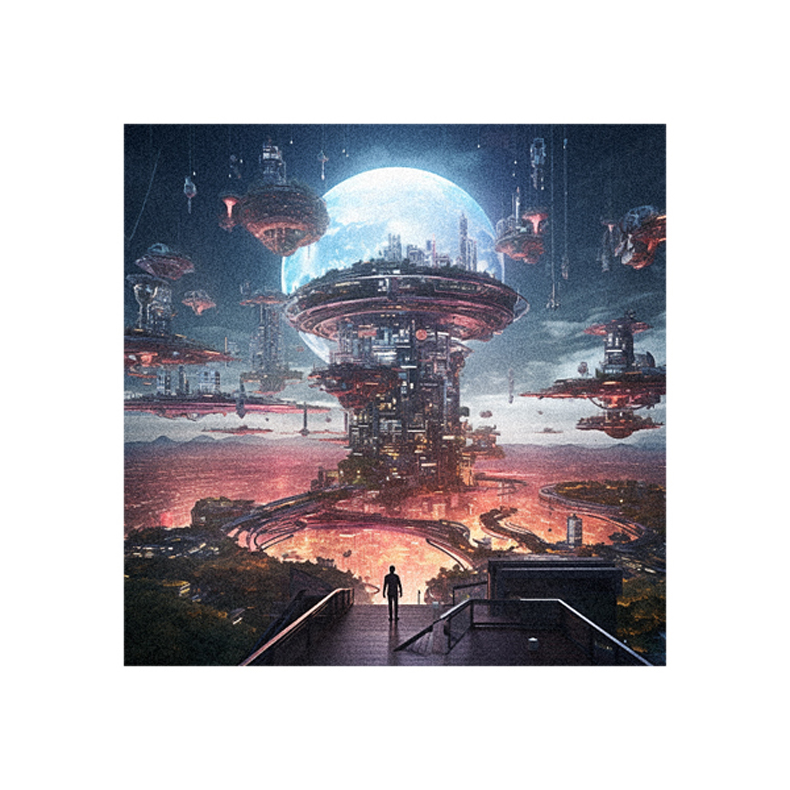
As we delve into education, it’s apparent that integrating digital creativity has become a vital part of modern learning. Just as you’d learn to use pencils and paints in an art class, understanding how to create using digital tools is now crucial for budding artists.
This doesn’t mean traditional artistry is outdated; it complements it and opens up new possibilities. You can experiment with previously unavailable techniques, like alpha locking or layering effects. Plus, you’ll find creating digital art can be efficient and cost-effective—no need for constant resupplying of materials!
Despite this shift towards the digital medium, remember: your artistic abilities shine through regardless of the tools at hand. It’s about nurturing creativity and exploring different means of self-expression.
The Role of Technology
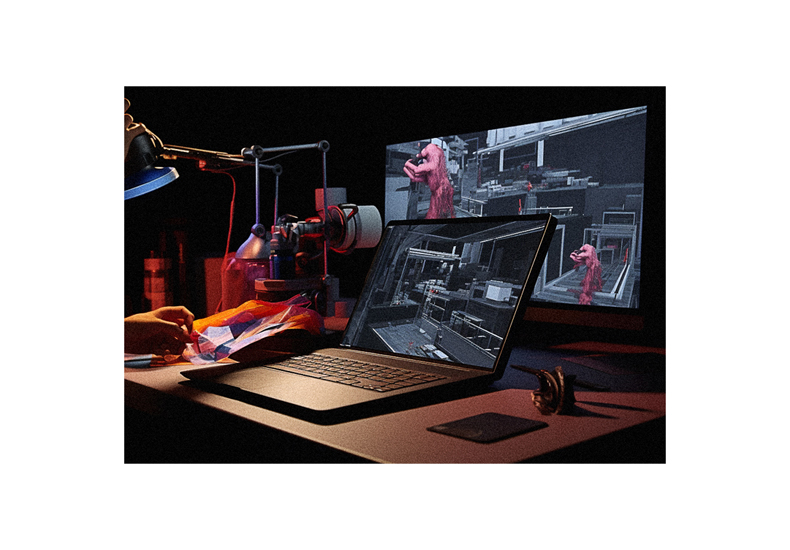
Transitioning from digital art’s role in education, let’s delve into how technology influences this dynamic.
As an artist, you live in a time when technology transforms every aspect of life, including the arts. It’s not just about using fancy software to create art; it’s about how these advancements can enhance your artistic abilities and creativity.
Digital platforms like Procreate or Adobe Illustrator provide an incredible range of tools at your fingertips, making art creation more accessible. With technology, you can experiment, make mistakes, and quickly correct them without wasting materials or time. Moreover, you can share your creations with a global audience instantly.
Thus, embracing technology doesn’t diminish traditional art but enriches it by expanding possibilities.
Digital Art Examples
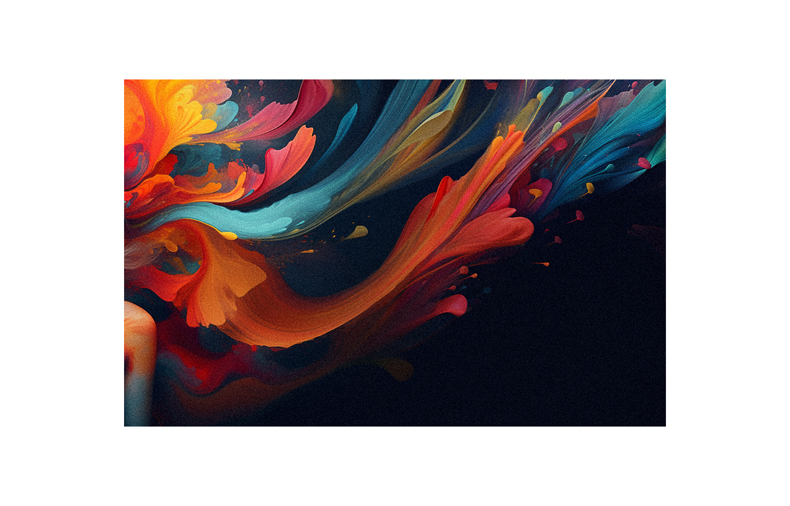
Let’s dive headfirst into some captivating instances of digital creations.
Picture the breathtaking imagery in the film ‘Avatar,’ created using cutting-edge digital technologies like 3D modeling and motion capture. This film catapulted audiences to a fantastical world, stirring emotions and sparking imaginations worldwide.
Or consider the intricate and vibrant Pokemon Ditto artwork designed in Procreate, an app that’s revolutionized digital artistry by offering tools that mimic natural textures and strokes. This piece showcases the potential of technology to create detailed, vivid visuals that can be easily shared online.
These examples highlight how digital art mediums provide artists with expansive creative freedom. They underline the power of digital art to transcend traditional boundaries, enabling artists to shape novel experiences and narratives for their audience.
Traditional Art Examples
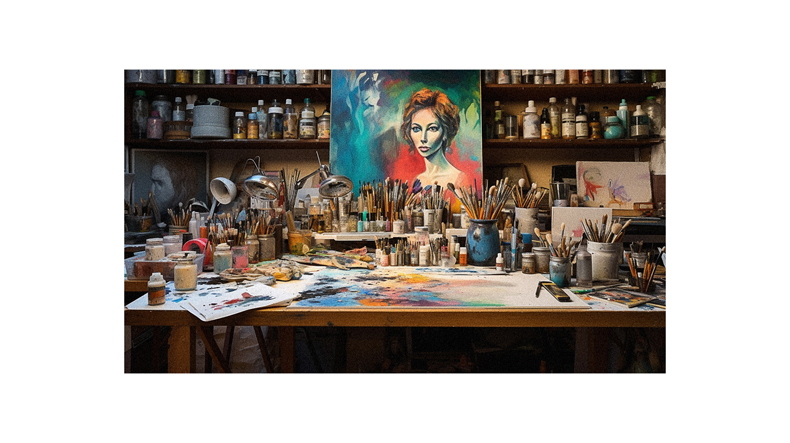
Diving into non-digital creations, we find classics that have stood the test of time and continue to inspire awe. Traditional art forms like Crave, an acrylic painting by Celine Chia, or a watercolor depiction of Santorini remind us of the beauty of physical mediums. Each brushstroke tells a story; each color blend carries an emotion.
The tangible nature of traditional art adds another layer to its appeal. You can feel it under your fingers and see it change in different lightings. Yes, there’s no undo button with traditional art, but isn’t this vulnerability that makes it so special? It’s unique and exclusive – unlike digital pieces, no two are identical. And ultimately, doesn’t that add to the allure?
Artist’s Perspective
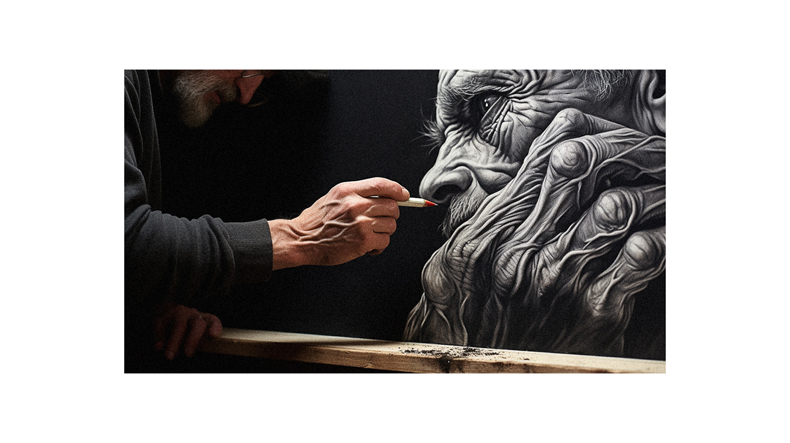
Switching gears from the concrete examples of traditional art, let’s delve into an artist’s perspective on this great debate. Celine Chia, a seasoned artist, candidly shares her thoughts.
She finds digital art more accessible and forgiving of errors with its magical undo button. But despite its convenience, she has a soft spot for traditional art. It is a testament to her skills and foundations in the medium – each stroke is deliberate and permanent.
Chia believes that both mediums can produce unique masterpieces; it all boils down to what you’re comfortable with and where your confidence lies. So remember, whether you choose digital or traditional, your art is only as good as the passion and creativity you pour into it!
Digital vs. Traditional Cost
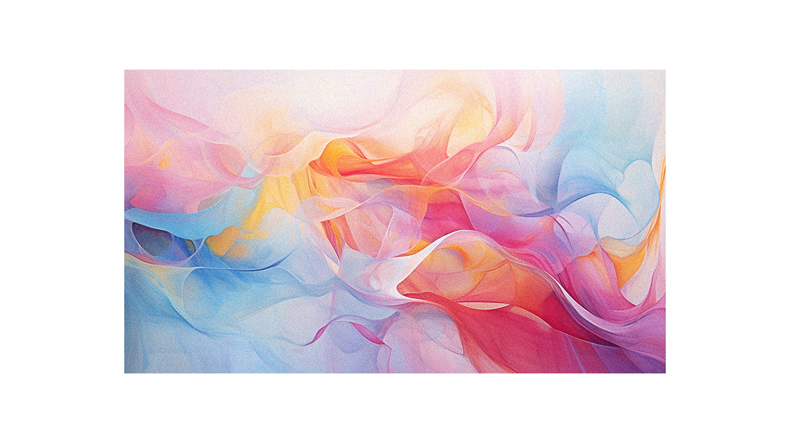
So, you’re probably wondering about the cost difference between these two creative realms, right?
Well, it’s not as clear-cut as you might think. Traditional art requires constant replenishment of physical materials like paints, canvases, and brushes, which can add up over time. However, digital art isn’t without its costs, either! You’ll need a decent computer or tablet and possibly some expensive software. Plus, there are updates and hardware replacements to consider.
That said, once you’ve made that initial investment in tech for digital artistry, your ongoing expenses tend to be lower than for traditional methods. Ultimately, it depends on what quality and convenience you’re after in your artistic journey!
Artwork Reproduction
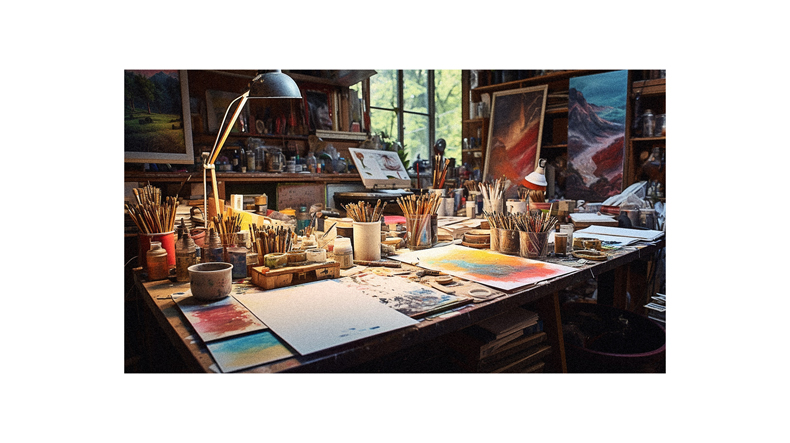
Imagine you’ve just finished a masterpiece, and now you want to create copies of it for your friends and family or even to sell. With digital art, this is a breeze. You can make countless reproductions with no loss of quality. Simply save the file and print or send it electronically as many times as you need.
On the other hand, traditional art requires more effort for reproduction. You’ll have to manually recreate each piece, which can be time-consuming and may not result in exact replicas due to natural variations in handwork. Alternatively, you could photograph your work and produce prints, but this still won’t match the original’s texture and depth.
Ultimately, digital art offers convenience in duplication, while traditional art provides uniqueness in every copy.
Final Thoughts
Wrapping up, you’ve seen the ins and outs of these two distinct creative realms, each with its benefits and challenges. Digital art might be more accessible and flexible, but traditional art has an irreplaceable tactile experience and uniqueness.
Neither is superior; it’s all about your preference, comfort level, and what you want to express in your artwork.
In a rapidly evolving world where technology advances at breakneck speed, being adept in both mediums can give you a competitive edge. So why limit yourself? Explore both digital and traditional art techniques.
In the end, remember that it’s not just about the medium used; it’s about how effectively you use it to create something meaningful that resonates with audiences.
Follow us on Pinterest for more tips, tutorials, and artist reviews!


